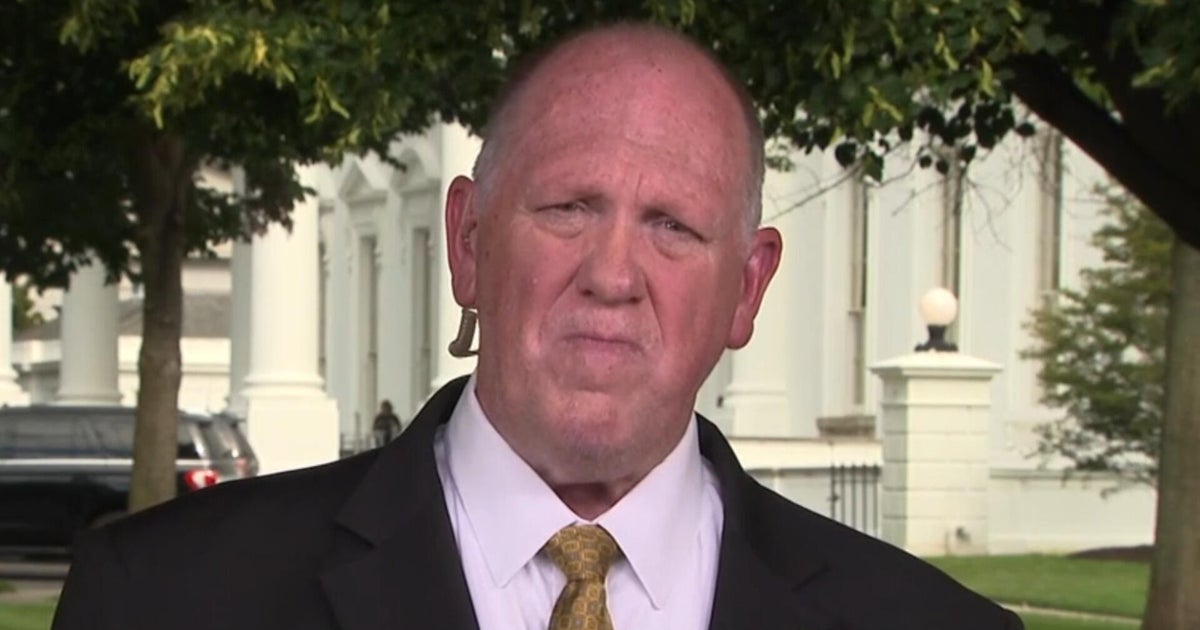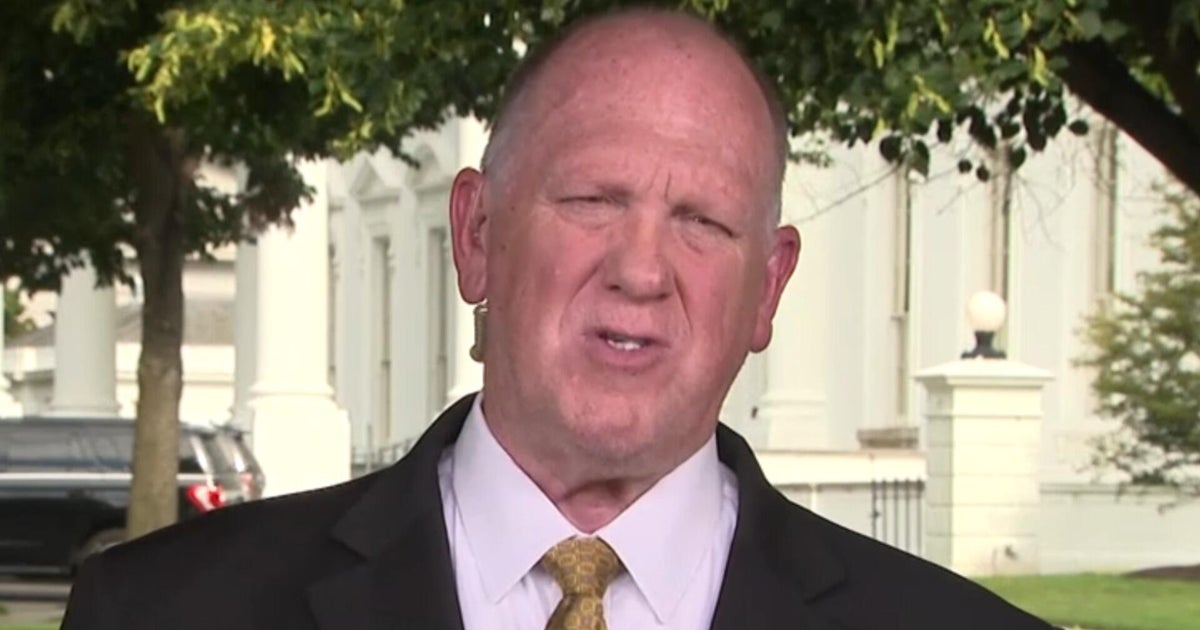Would you know how much your colleagues earn? For many of us, the answer is a resounding no, with many workplaces around the country actively discouraging their employees from talking about pay, especially in fields with high rates of pay disparity such as law and tech.
However, slowly, some companies are encouraging change. Sick and tired of all the secrecy, Tammi McDermott, director of legal firm Lawnch, decided to come clean on who earns what in a move designed to promote equality and flexibility.

Pay secrecy has historically been a barrier to achieving pay equality and can reduce employee bargaining power.Credit: Shutterstock
From entry level to senior roles, the firm published the corresponding pay attached to each position and circulated it to all team members. It showed that each pay increase was based on clearly mapped skills and experience.
McDermott says the move was a game-changer, providing the team with a road map to achieving their next promotion, putting them in pole position to accelerate their career.
“The legal professional has some of the highest rates of pay inequality, often tied to outdated work cultures. Our approach creates a workplace we genuinely want to be part of and that clients are proud to engage with,” McDermott says.

Tammi McDermott, director at Lawnch, says pay transparency was a game changer for her firm.
“Historically, the legal industry is known for long hours, but we recognise that not everyone can work at the same pace or capacity. Our system allows team members to scale their careers at a speed that suits them.”
Open policy
A raft of new industrial relations laws introduced two years ago banned pay secrecy in workplaces. The legislation aimed to increase pay transparency and combat the gender pay gap, as pay secrecy has historically been a barrier to achieving pay equality and can reduce employee bargaining power.
Despite this, Seek data suggests that two-thirds of all job listings still withhold this information. The jobs site says job ads with salary bands visible on the ad attract 47 per cent more applications.
Loading
Fair Work’s legislative change led a number of workplaces to put pressure on staff to share their salary to create a more cohesive and open culture, says Dan Rogers, managing director of Robert Walters.
He encourages a more open approach to salary conversations in the workplace, saying it can be missed opportunity. Job candidates are increasingly selective, especially in a tight labour market. By withholding pay information, companies risk deterring skilled applicants and undermining their own recruitment efforts.
“A transparent team culture promotes fairness, equity and consistency. It builds trust in the workplace. When that culture is lacking, it can lead to tension and jealousy and people may not understand the context behind salary differences,” Rogers says.
Gen Z an open book
Robert Walters’ own survey found that 37 per cent of employers say they are open to pay transparency, but just 5 per cent of employees feel comfortable discussing their salaries.
The report also highlights a clear generational divide, with Gen Z professionals leading the push for greater salary transparency. They want clarity, not just around their own pay, but across the organisation. Rogers says Gen Z know their worth and aren’t afraid to ask for what they want.
“In an ideal world, salaries are advertised on job descriptions. However, this is not always possible due to the varying nature of industries. For example, in professional services or sales roles, compensation can be heavily influenced by experience, performance-based incentives or client portfolios, which makes it difficult to apply a one-size-fits all figure,” Rogers says.
While salary transparency could be the key to retaining staff, there is a right and a wrong way to go about it. Employees aren’t typically keen to for their colleagues to know what they earn.
“If you’re trying to create transparency and accountability, and remove internal politics or gossip, then it’s a good reason to have transparency. But it could easily backfire if one colleague is paid more than someone else,” he says.
Loading
To avoid this happening, explain that the open pay structure is designed to help employees progress in their careers, McDermott says.
“We designed the structure to promote equality and flexibility so that regardless of their stage of life or career, employees are in control of their growth. For some, that means progressing quicker than others, however the average sits around 12 months between levels,” she says.
Get workplace news, advice and perspectives to help make your job work for you. Sign up for our weekly Thank God it’s Monday newsletter.
Most Viewed in Business
Loading

















































